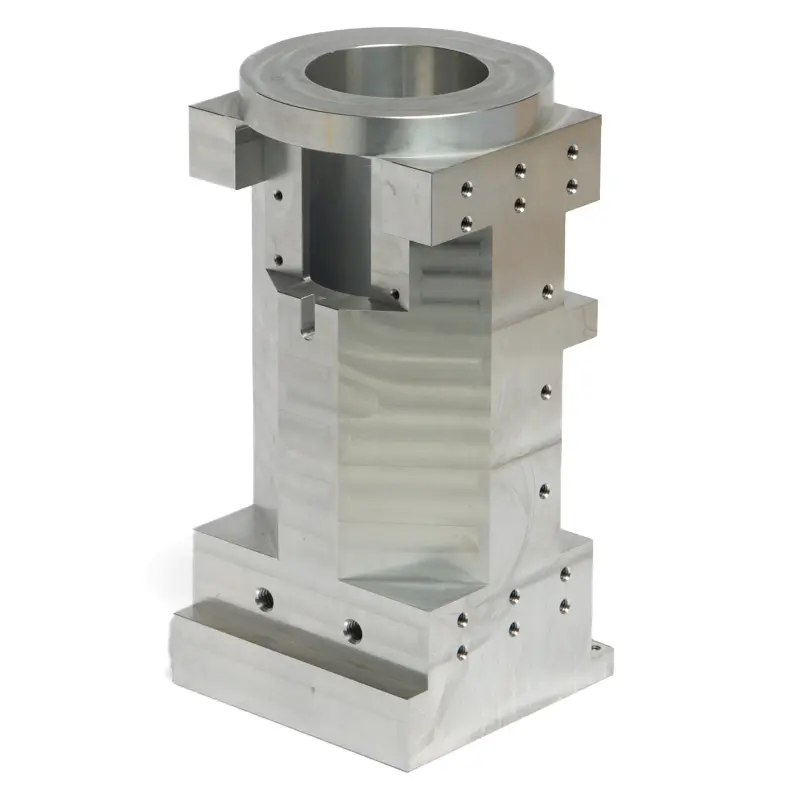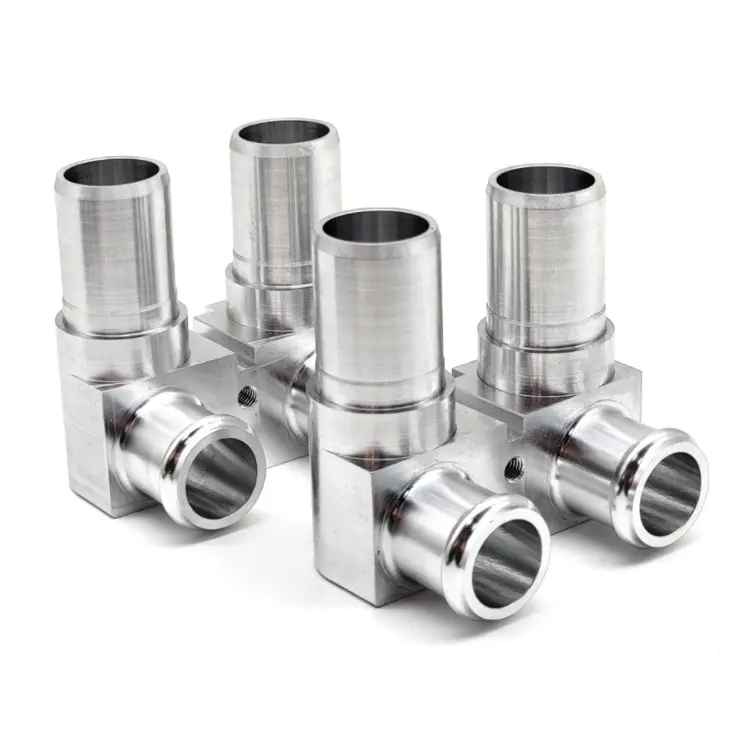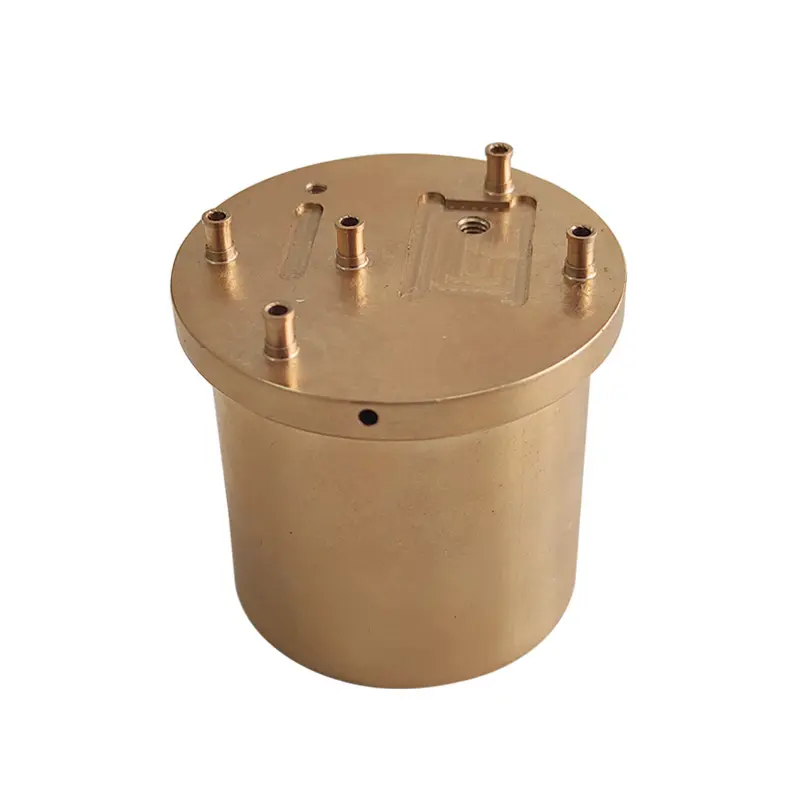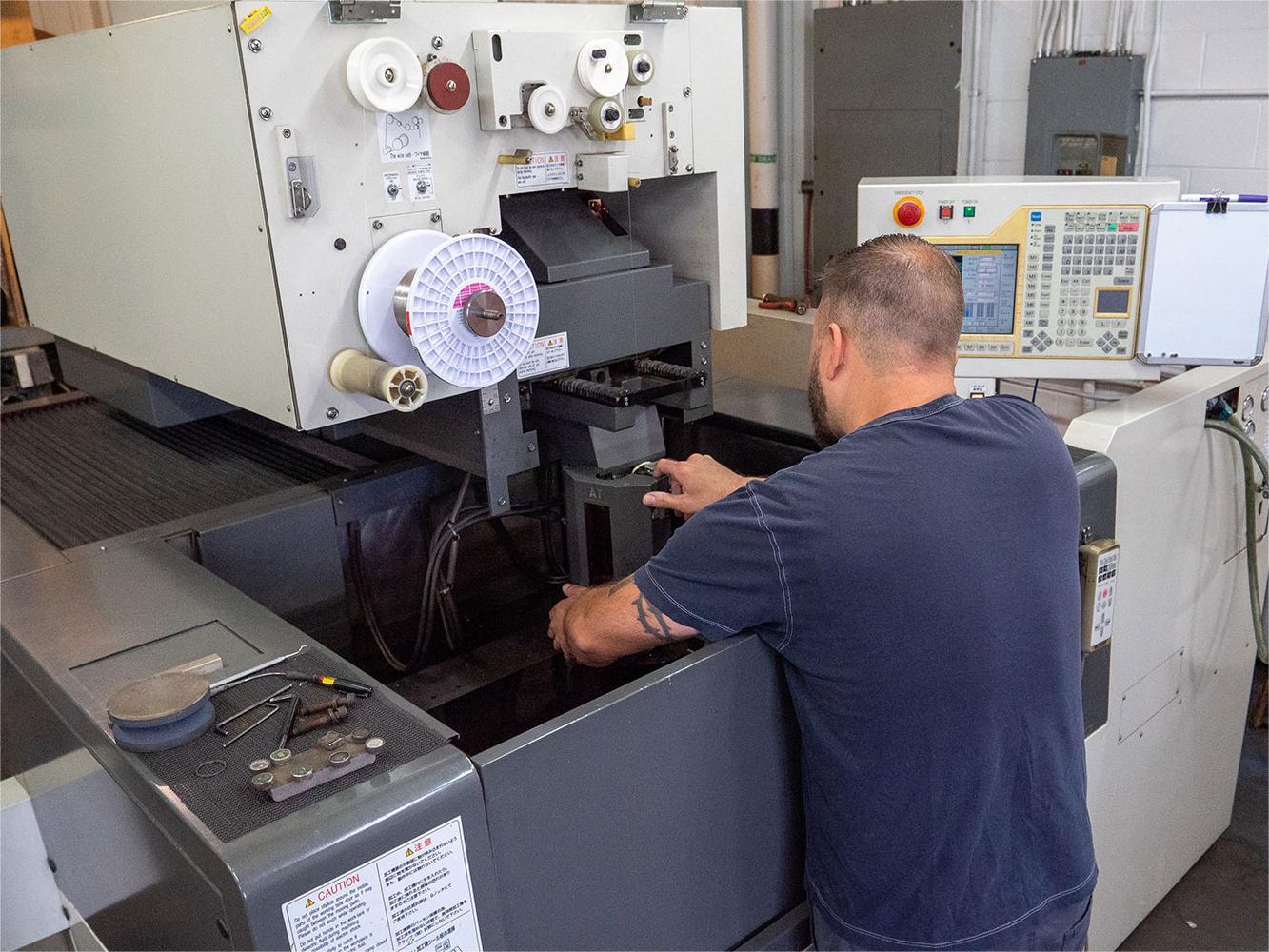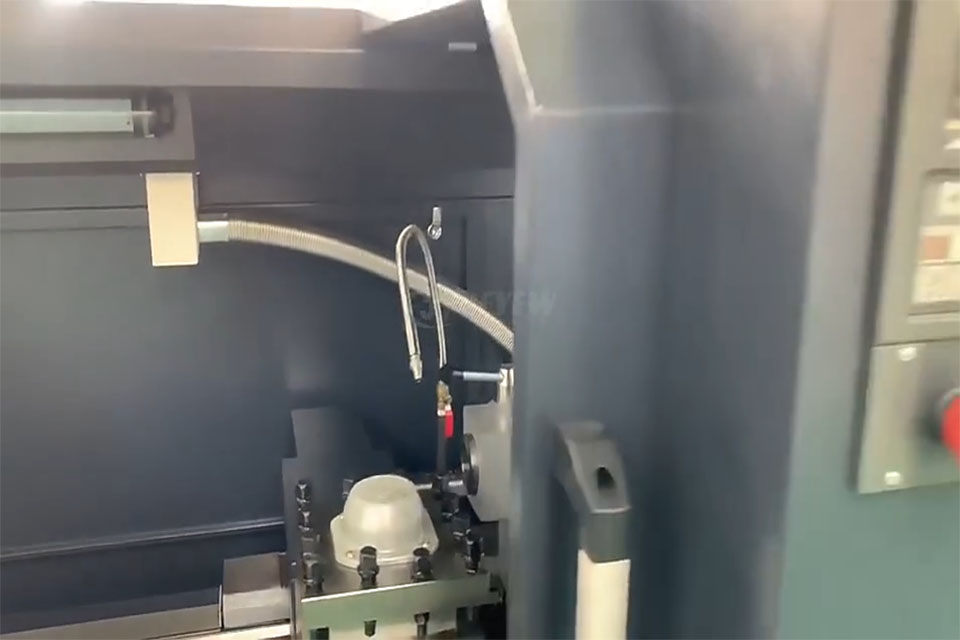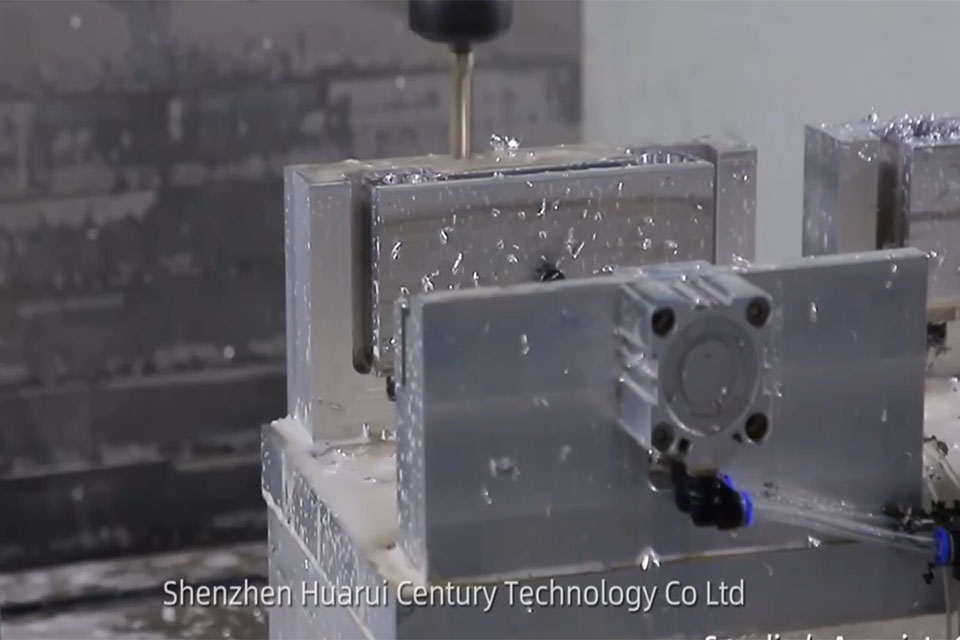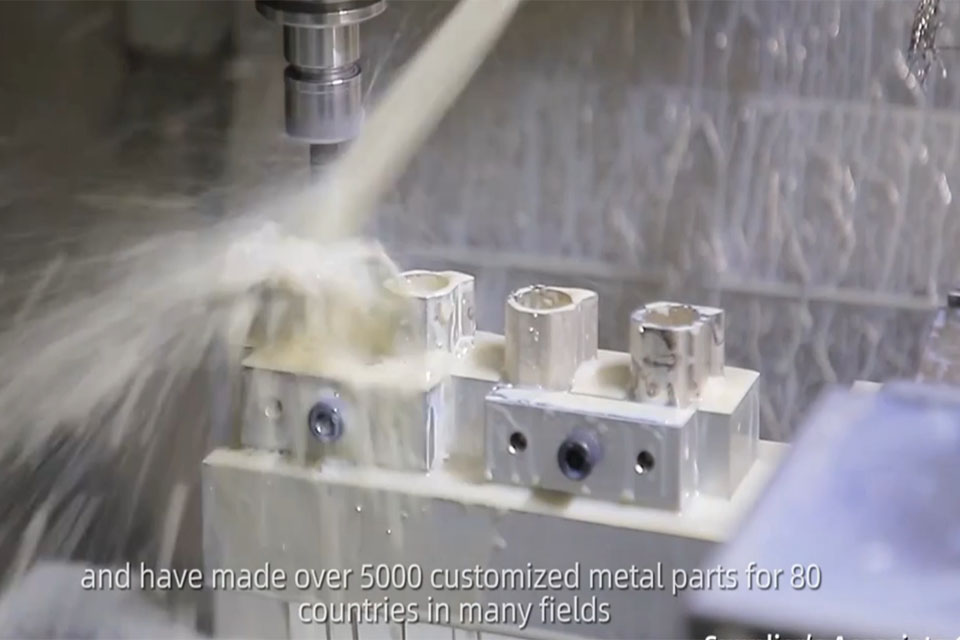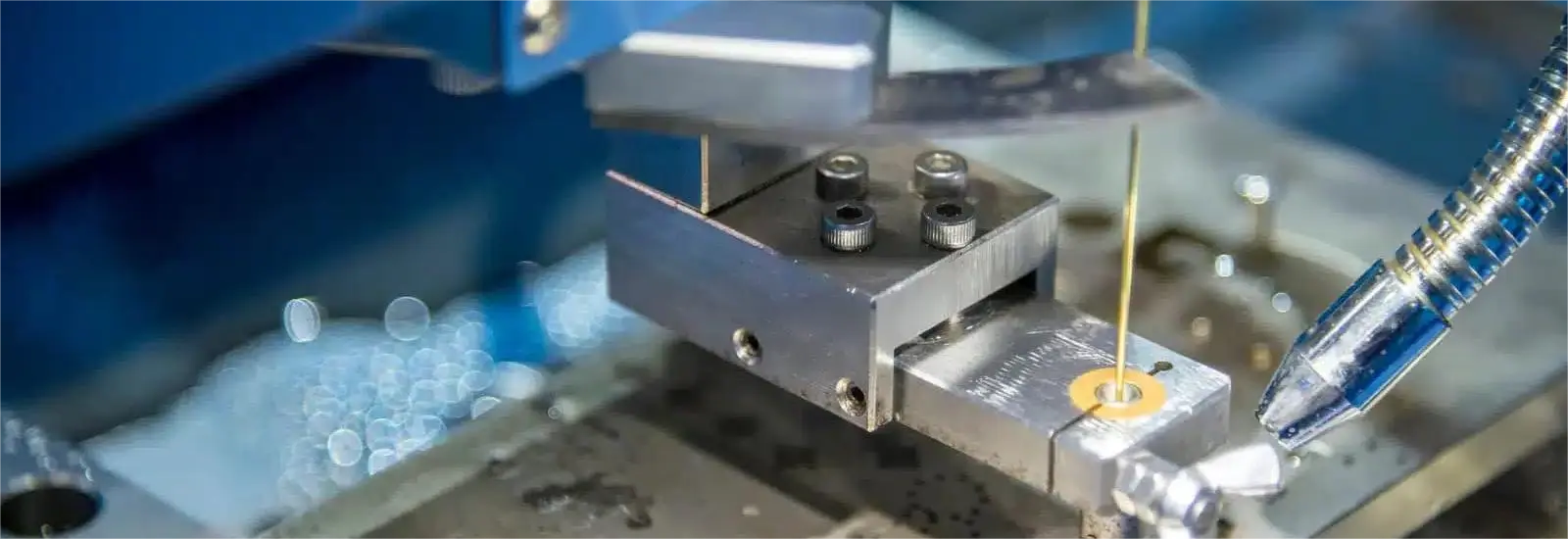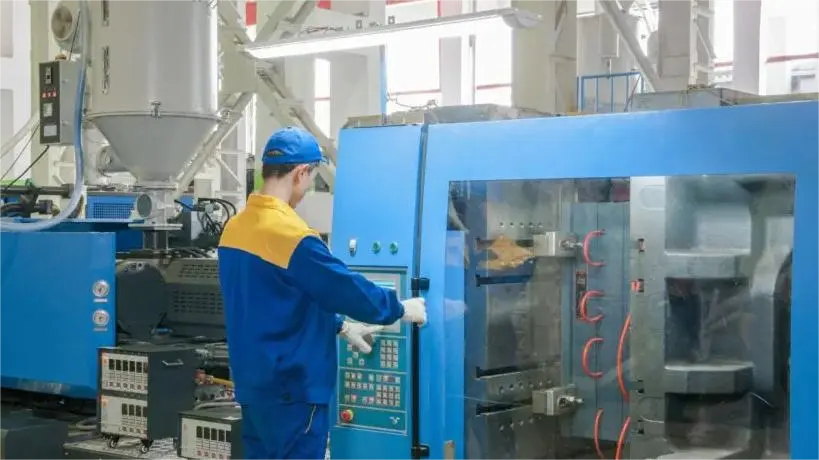
Mastering CNC Fixtures: The Key to Precision and Efficiency in Machining
目录
导言

Why CNC Fixtures Matter in Modern Manufacturing
CNC fixtures are indispensable tools in machining processes, designed to hold workpieces securely and accurately during operations like milling, drilling, and grinding [[1]]. Without proper fixtures, even minor shifts in the workpiece can lead to costly errors, wasted materials, and downtime.
For industries like 航天, 车载和 医疗器械, precision is non-negotiable. CNC fixtures not only ensure accurate positioning but also maximize spindle time, streamline workflows, and reduce operational inefficiencies [[2]].
Key Benefits of CNC Fixtures
- Positioning Accuracy: Ensures consistent alignment for every part.
- Clamping Stability: Prevents movement or vibrations during high-force operations.
- 重复性: Produces identical parts with tight tolerances.
Types of CNC Fixtures: Choosing the Right Tool for the Job
Understanding the different types of CNC fixtures is crucial for selecting the best solution for your specific needs. Below is a breakdown of common fixture types and their applications:
| Fixture Type | 最适合 | 主要功能 |
|---|---|---|
| Milling Fixtures | Complex shapes and patterns | Reduces vibrations, ensures precise cuts |
| Turning Fixtures | Cylindrical parts (shafts, rods) | Smooth material removal, quick loading |
| Vacuum Fixtures | Thin or delicate materials | Non-mechanical clamping, prevents deformation |
| Modular Fixtures | Customizable setups | Adaptable for various workpieces |
How CNC Fixtures Work: A Closer Look
CNC fixtures operate by providing a stable platform for the workpiece, ensuring it remains in the correct position throughout the machining process [[3]]. Here’s how they function:
- Securing the Workpiece: Fixtures use clamps, vises, or vacuum systems to grip the workpiece firmly.
- Alignment and Positioning: Locators, stops, and guide pins ensure precise placement.
- 适应性: Modular designs allow fixtures to accommodate multiple operations, reducing setup times.
Optimizing CNC Fixture Selection for Different Workpieces
Not all fixtures are created equal. The type of workpiece, its material, and the required precision all influence the best choice.
Fixtures for High-Precision Components
- 刚性: Use steel or reinforced composites to prevent flexing.
- Clamping Techniques: Pneumatic or hydraulic clamps provide uniform pressure.
- 振动控制: Damping materials absorb vibrations, improving surface finish [[4]].
Fixtures for Large Workpieces
- Heavy-Duty Clamping: Hydraulic systems handle weight and size effectively.
- Structural Support: Add angle plates or base blocks for stability.
Fixtures for Complex Workpieces
- Multi-Axis Positioning: Rotary tables allow access to multiple surfaces without repositioning.
- 定制解决方案: Tailor fixtures to match intricate shapes and features.
Common Problems and How to Solve Them
Even the best fixtures can encounter issues. Here are some common problems and their solutions:
- Misalignment: Regularly calibrate locators and alignment mechanisms.
- Insufficient Clamping Force: Use pneumatic or hydraulic clamps for consistent pressure.
- Vibration: Incorporate damping materials to reduce chatter [[5]].
Maintenance Tips for Long-Lasting CNC Fixtures
Proper care extends the lifespan of your fixtures and ensures consistent performance. Follow these best practices:
- Routine Inspection: Check for wear, damage, or misalignment.
- 润滑: Keep moving parts well-lubricated to reduce friction.
- 校准: Regularly calibrate fixtures to maintain accuracy [[6]].
Alternatives to Traditional CNC Fixtures
While traditional fixtures are versatile, alternative workholding devices may better suit specific tasks:
- CNC Vises: Ideal for milling and drilling operations.
- Magnetic Chucks: Perfect for ferromagnetic materials.
- Vacuum Fixtures: Best for thin or non-magnetic materials.
Conclusion: Elevate Your Machining Process with the Right CNC Fixtures
CNC fixtures are more than just tools—they’re the foundation of precision and efficiency in machining. By understanding their types, applications, and maintenance requirements, you can optimize your production process and achieve superior results.
主要收获
- CNC fixtures ensure stability, accuracy, and repeatability.
- Select fixtures based on workpiece type, material, and machining requirements.
- Regular maintenance and calibration extend fixture lifespan.
- Explore alternatives like modular systems and magnetic chucks for specialized tasks.
Ready to take your machining process to the next level? Explore our range of 数控解决方案 和 精密加工 services today!
常见问题
What is the Difference Between a Jig and a Fixture?
A jig guides the cutting tool, while a fixture holds the workpiece securely without directing the tool.
How Do CNC Fixtures Enhance Machining Precision?
By minimizing movement and vibration, CNC fixtures ensure cutting tools follow precise paths, improving accuracy and consistency.
Can CNC Fixtures Be Used With Any CNC Machine?
Yes, but compatibility depends on the machine design and fixture type. Modular fixtures offer flexibility for various setups.
What Are the Main Components of a CNC Fixture?
Base plate, clamping mechanisms, locators, and fixture plates are essential components.
How Do I Choose the Right CNC Fixture?
Consider workpiece design, machining operations, production volume, and clamping power when selecting a fixture.
What Are Some Common Problems with CNC Fixtures?
Misalignment, insufficient clamping force, and fixture flexing are frequent issues that can be resolved with proper maintenance and design.
评论
出色的产品案例
标签
相关博客
从我们的博客中获取有关 CNC 加工的最新趋势和事实。



